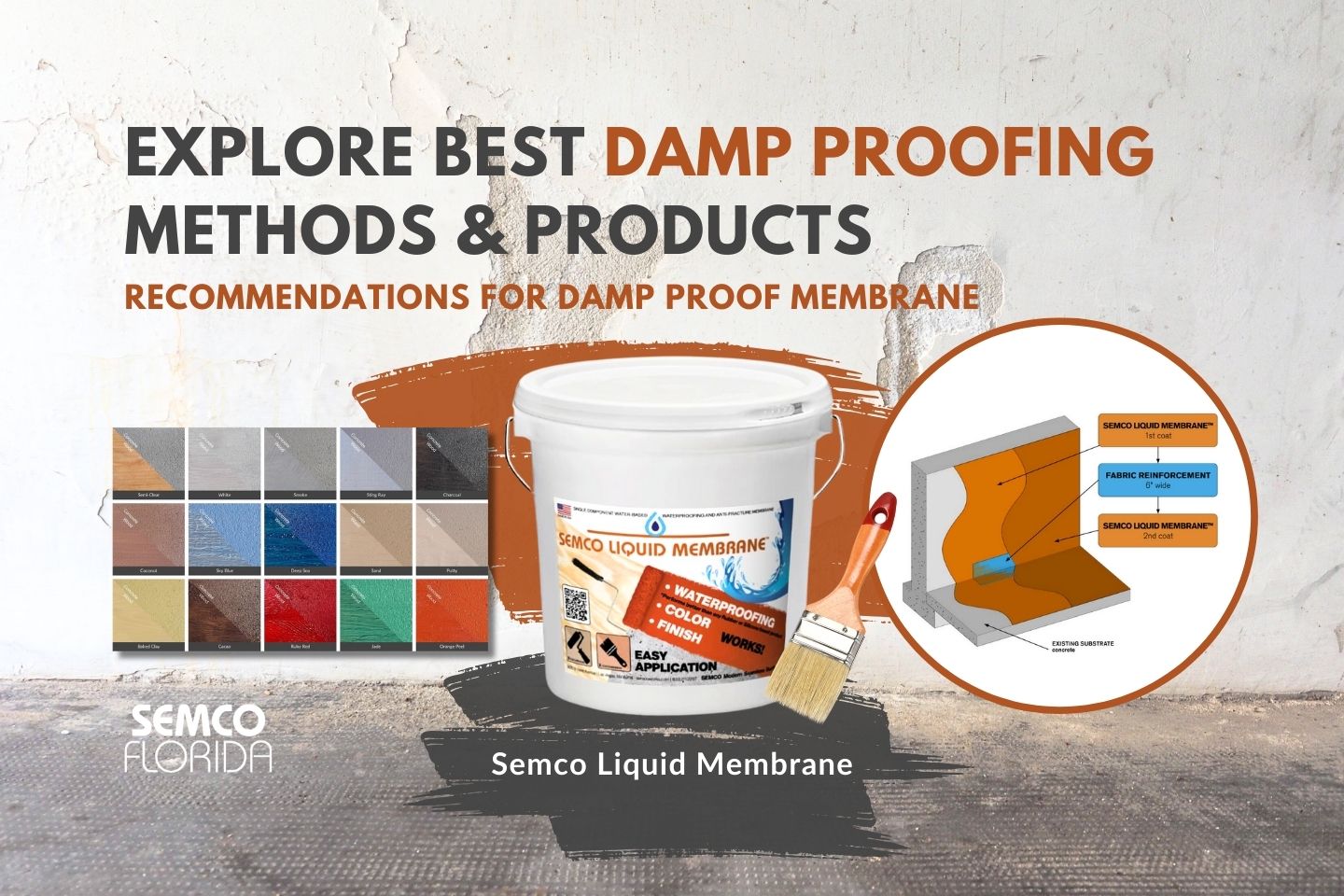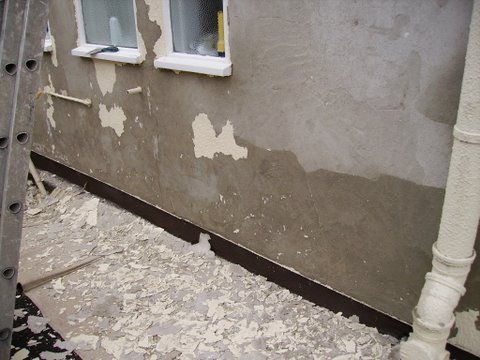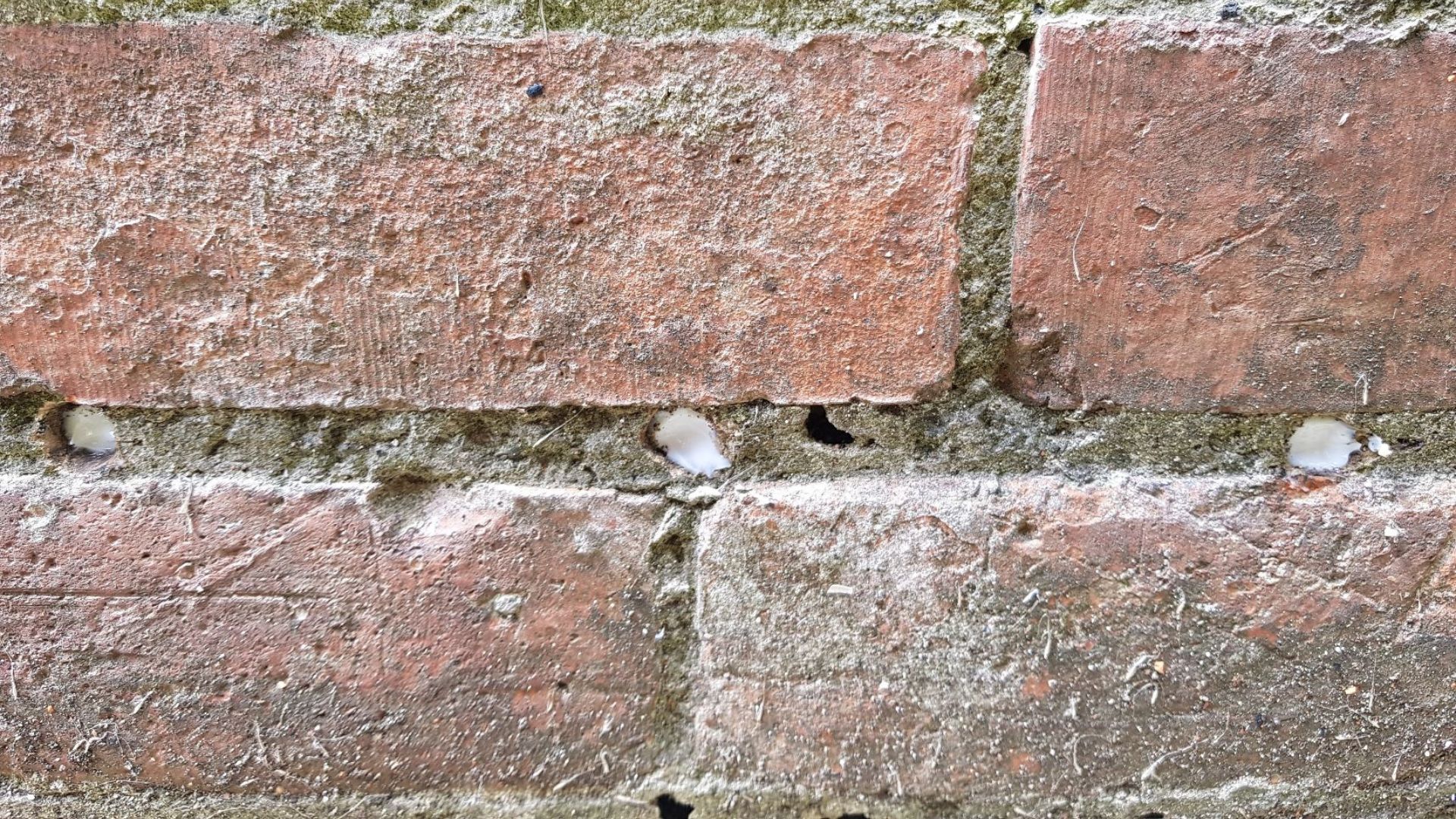Get rid of black mold effectively with mould removal newcastle services
Get rid of black mold effectively with mould removal newcastle services
Blog Article
Checking Out the Numerous Methods and Solutions for Effective Damp Proofing
Dampness in buildings positions considerable obstacles to both architectural integrity and indoor air top quality. Numerous techniques and options have emerged to fight this prevalent issue. From conventional damp-proof membranes to ingenious chemical treatments, each technique provides special benefits. Recognizing these alternatives is essential for effective moisture control. However, picking the right solution relies on details structure problems and requirements, triggering more expedition right into the most effective damp proofing strategies available.
Recognizing the Causes of Moisture
Dampness can emerge from various sources, understanding these causes is crucial for efficient remediation. Generally, moisture stems from 3 key sources: increasing moist, permeating wet, and condensation. Increasing wet happens when groundwater travels up-wards with porous products, such as brick or stone, usually because of an absence of an efficient barrier (mould removal newcastle). Passing through wet is typically created by exterior factors, consisting of roof leakages, faulty gutters, or damaged walls, permitting water to infiltrate a residential or commercial property. Condensation, on the other hand, results from excess dampness airborne, usually intensified by bad ventilation and temperature differences, resulting in water beads basing on surface areas. Identifying these underlying problems is essential, as each type of wetness calls for a tailored strategy for remediation. Proper analysis assists in establishing the most effective services, ultimately guarding the structural stability of a building and enhancing indoor air quality
Typical Damp-Proof Membranes

Chemical Damp-Proofing Solutions
Chemical damp-proofing remedies supply an innovative technique to stopping moisture intrusion in structures. These methods normally include the application of fluid chemicals that penetrate stonework and develop an obstacle against rising wet. Generally utilized chemicals include silanes, siloxanes, and other water-repellent agents that react with surface materials to produce a hydrophobic layer.The application process normally calls for drilling openings right into the walls, infusing the chemical option, and enabling it to heal. This approach is particularly advantageous for older structures where traditional damp-proof membrane layers may be not practical. Chemical damp-proofing can be much less turbulent and extra cost-efficient than extensive restoration projects.While reliable, these options depend on appropriate application and environmental problems for peak performance. damp removal newcastle. Routine upkeep and tracking are essential to assure the durability of the damp-proofing therapy. In general, chemical damp-proofing represents a functional option for guarding buildings against moisture-related damages
Cavity Wall Surface Building Methods
Dental caries wall surface construction methods offer countless advantages, especially in dampness control and energy effectiveness. By integrating an air space in between 2 layers of stonework, these walls efficiently alleviate water access while improving insulation. This mix not just protects frameworks from wetness yet additionally contributes to lowered energy consumption.
Benefits of Cavity Walls
When considering reliable damp proofing techniques, the benefits of tooth cavity wall surfaces stick out prominently. Tooth cavity wall surfaces consist of two separate layers, producing an air space that successfully decreases wetness penetration. This layout lessens the risk of moisture, as the external wall functions as an obstacle versus rain and water access. Furthermore, cavity wall surfaces improve thermal insulation, which adds to power efficiency by lowering heat loss. They likewise give audio insulation, aiding to create a quieter indoor atmosphere. In addition, the air gap allows for ventilation, which helps in wetness control and lowers the probability of mold and mildew development. These benefits not only improve the total convenience of a structure yet additionally contribute to its longevity and architectural stability.
Dampness Control Approaches
Effective dampness control methods are critical in dental caries wall construction to assure long-term defense against moisture. One primary method involves the consolidation of weep holes, which assist in water drainage from the dental caries, avoiding buildup. Furthermore, the usage of breathable membranes can aid manage wetness levels while allowing entraped vapor to escape. Correct placement of insulation is additionally essential, as it ought to not block drain courses. Guaranteeing that the outer fallen leaves of the dental caries wall surface are constructed with waterproof materials improves total durability. Regular maintenance checks are vital to recognize any kind of clogs or damage early, guarding the framework's honesty. Ultimately, a combination of these techniques forms a robust defense against moisture intrusion in tooth cavity walls.
Insulation and Energy Performance
Insulation plays an essential duty in enhancing energy effectiveness within dental caries wall construction. By incorporating insulating materials, these wall surfaces create a thermal barrier that decreases warm loss and reduces power intake. Effective insulation not just aids preserve a steady interior temperature yet additionally reduces the risk of moisture, as it stops condensation within the wall tooth cavity. Various strategies, such as making use of stiff foam boards or mineral wool, can be used to accomplish ideal insulation efficiency. In addition, appropriate installation is vital to assure that spaces and spaces are decreased, which can otherwise compromise power efficiency. Inevitably, a well-insulated tooth cavity wall adds considerably to overall sustainability and reduces cooling and heating expenses for homeowners.
Outside Damp Proofing Methods
Outside damp proofing techniques are essential for protecting structures from dampness infiltration. 2 effective strategies include the application of water-proof membranes and the setup of French drains pipes. These services aid mitigate water build-up and maintain the integrity of structures.
Waterproof Membrane Application
While numerous methods exist for preventing wetness access, the application of waterproof membranes continues to be a highly effective outside wet proofing method. These membrane layers are generally made from products such as polyethylene, rubber, or modified bitumen, offering a durable obstacle versus water penetration. The installation procedure entails using the membrane layer to the exterior surfaces of foundations or walls, making certain complete protection to stop leakages. Correct attachment and securing at joints are crucial to maximizing effectiveness. Water-proof membrane layers can be used in various kinds, including liquid finishes and sheet membranes, permitting versatility based on the specific demands of the structure. This technique not just secures buildings from dampness but also boosts their longevity and structural integrity.
French Drainpipe Installment
One efficient technique for managing groundwater and avoiding moisture buildup around a structure's structure is the setup of a French drain. This water drainage system includes a trench loaded with crushed rock and a perforated pipeline that reroutes surface area water away from the foundation. Proper installment calls for mindful planning, guaranteeing that the drainpipe slopes far from the structure to help with optimal water flow. Furthermore, the place here of the drain is essential; it must be positioned in areas prone to pooling or excess dampness. Regular upkeep, consisting of clearing up debris from the gravel and guaranteeing the pipe continues to be unhampered, is essential for lasting effectiveness. Ultimately, a well-installed French drain can substantially decrease the risk of water-related problems in cellars and structures.
Interior Waterproofing Methods
Inside waterproofing techniques are essential for safeguarding a structure's interior from dampness seepage and possible water damage. These methods usually entail the application of specialized products and strategies created to create a wetness obstacle within the structure. One typical approach is making use of waterproof finishes or sealants on walls and floors, which prevent moisture from permeating surfaces.Additionally, mounting indoor water drainage systems, such as sump pumps, can successfully manage water accumulation in basements and crawl areas. One more method involves the use of vapor barriers, which are set up to prevent wetness motion from the ground into living spaces.Moreover, attending to any type of fractures or spaces in wall surfaces or structures with appropriate sealants assures an extensive defense versus water intrusion. By carrying out these indoor waterproofing methods, homeowner can considerably reduce the risk of mold and mildew growth, architectural damage, and various other moisture-related issues. Correct execution of these techniques is necessary for long-lasting security and building honesty.
Routine Maintenance and Examination Practices
Normal upkeep and evaluation practices are essential for ensuring the long-term performance of moist proofing solutions in any kind of building. Regular checks enable property proprietors to recognize early indicators of wetness breach, such as peeling paint, mold and mildew development, and stuffy smells. These indicators can indicate underlying issues that need immediate attention.Inspections must be carried out at the very least every year, focusing on at risk locations like basements, crawl rooms, and exterior wall surfaces. Throughout these evaluations, property proprietors ought to check out sealants, water drainage systems, and ventilation to validate they function correctly.Additionally, preserving downspouts and gutters is essential, as stopped up systems can bring about water accumulation near the foundation. Implementing a normal upkeep schedule, together with prompt repairs, can significantly prolong the life-span of damp proofing steps and protect the architectural honesty of the building. Proactive steps eventually add to the general health and wellness of the living atmosphere.
Frequently Asked Questions
Exactly How Long Does Damp Proofing Normally Last?
The period of moist proofing performance differs, normally lasting in between 20 to 50 years. Variables such as application top quality, ecological problems, and maintenance methods substantially affect the durability of the moist proofing treatment.

Can I Damp Proof My Home Myself?
The individual contemplated the feasibility of do it yourself damp proofing. With correct study and the best materials, it is possible. However, they additionally identified the relevance of specialist support to ensure lasting effectiveness and prevent future concerns.
What Are the Signs of Inefficient Damp Proofing?
Indications of inefficient moist proofing include persistent moldy smells, noticeable mold and mildew growth, peeling off paint, moist patches on wall surfaces, and timber degeneration - damp specialist newcastle. Homeowners should deal with these problems immediately to avoid further damages and health problems
Does Damp Proofing Affect Indoor Air High Quality?

Just How Much Does Specialist Damp Proofing Cost?
Expert wet proofing costs vary substantially, normally ranging from $1,000 to $5,000 depending upon the home's dimension, the extent of the moist concern, and chosen techniques. Each scenario requires a tailored analysis for precise prices. Generally, dampness originates from three key resources: rising moist, permeating wet, and condensation. When thinking about efficient wet proofing techniques, the advantages of tooth cavity wall surfaces stand out plainly. Exterior wet proofing approaches are important for securing frameworks from wetness seepage. While numerous methods exist for avoiding moisture access, the application of water-proof membranes remains a very reliable exterior wet proofing strategy. Indicators of ineffective wet proofing consist of relentless mildewy smells, noticeable mold and mildew development, peeling off paint, moist patches on walls, and wood degeneration.
Report this page